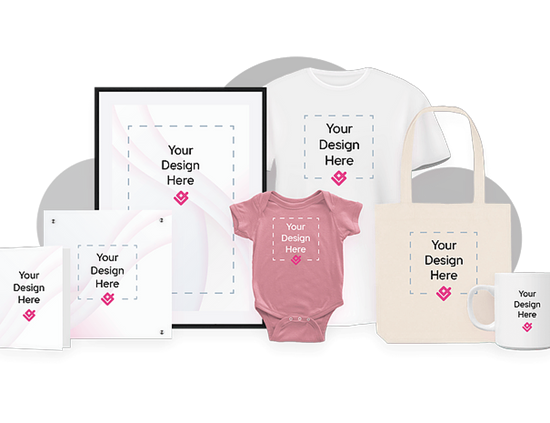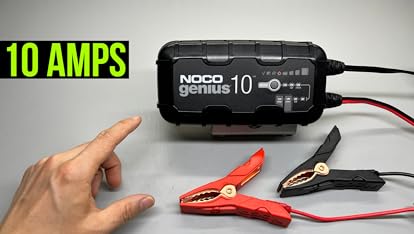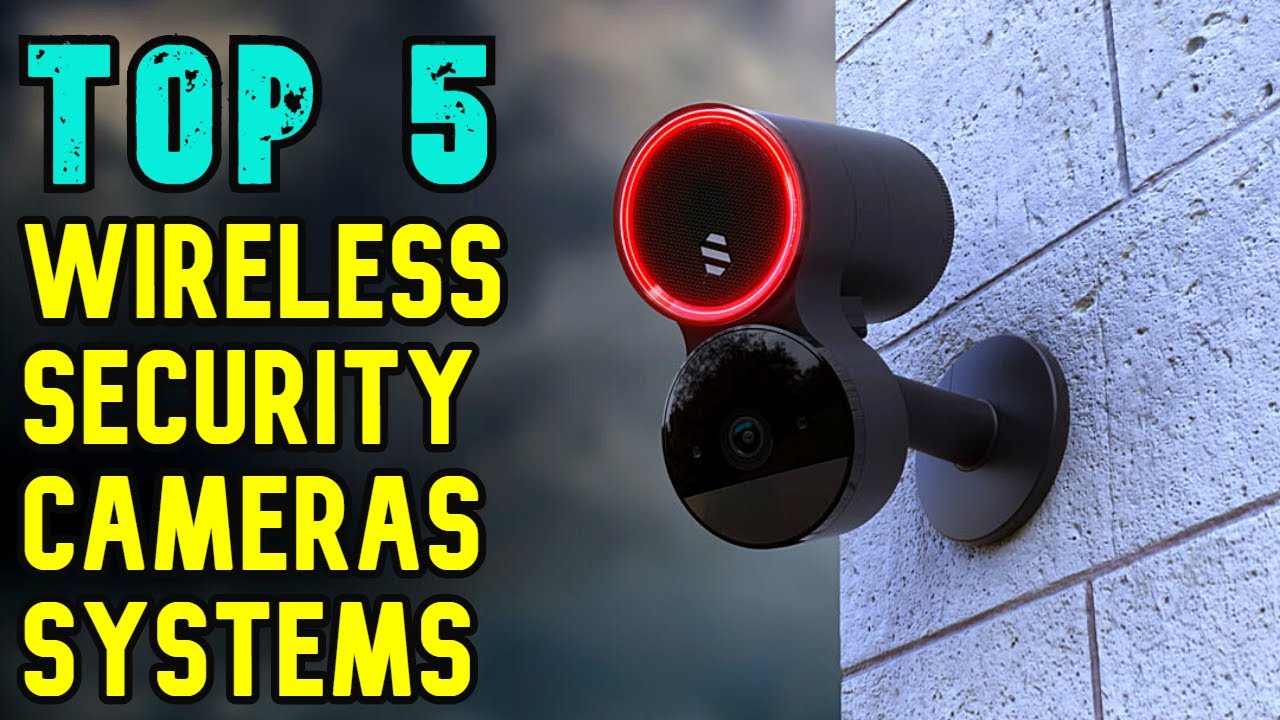Graduated pipette vs Volumetric Pipette: Pros & Cons
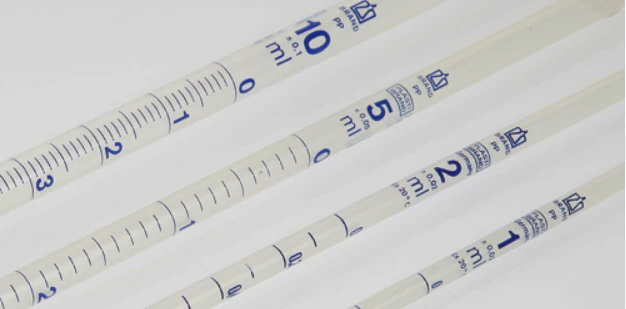
Graduated pipettes offer the flexibility to transfer varying volumes of liquid from one location to another. In contrast, volumetric pipettes are designed to transfer a precise and fixed amount of solution.
Before commencing with liquid measurement and pipetting procedures, it is crucial to assess the nature of the test being conducted and select the appropriate type of pipette. Utilizing an incorrect instrument or employing the correct instrument incorrectly can have a significant impact on the accuracy of results. Achieving precise and repeatable outcomes requires technical proficiency in operating laboratory equipment.
What is Graduate Pipettes
Graduated pipettes are pipettes that have volume markings along the length of the tube. They are commonly used for simple solution transfers and are available in various forms. These pipettes are typically made of glass or durable plastic and have a tapered tip. Different types of graduated pipettes, such as Type 1, Type 2, and Type 3, can be distinguished based on their design. Type 1 pipettes allow partial delivery of solutions for all volumes; Type 2 pipettes have a nominal value at the top and zero at the bottom; and Type 3 pipettes deliver the solution completely but only at the nominal value. Graduated pipettes are also classified based on accuracy, with Class A and Class AS having specified error limits, while Class B pipettes can be less accurate, allowing twice the error limits as the other two classes.
Types of Graduate Pipettes
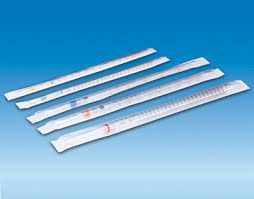
There are two main types of graduated pipettes: Mohr pipettes and serological pipettes. Both types have graduations marked in both directions and are designed to deliver volumes with different levels of accuracy. Serological pipettes often feature color-coded stripes for easy identification.
The key distinction between these two types of pipettes lies in the volume of liquid that is transferred compared to the volumes indicated on the pipette before and after delivery. Mohr pipettes are calibrated starting from a point above the tip, whereas serological pipettes are calibrated to the end of the tip.
Small graduated transfer pipettes are a commonly used type of graduated pipettes. They are designed for one-time use and are well-suited for simple liquid transfers. These pipettes are made of unbreakable and sterile polyethylene material, making them particularly suitable for applications such as tissue culture, microbiology, and hematology. Small graduated transfer pipettes are available in various sizes to accommodate different needs and enable precise drop formation and consistent spotting.
Why is a graduated pipette more accurate?
The accuracy of pipettes is comparable to that of graduated cylinders, typically ranging from 0.5% to 1% of the total volume. Smaller diameters allow for more precise subdivisions. While not highly accurate, pipettes enable quick and convenient transfer of a range of approximate volumes.
What should you do to ensure accurate volume readings from a graduated pipette?
Check all the ways listed below that ensure accurate readings of volume from a graduated pipette.
- Use the appropriate size and type of pipette for the desired volume range.
- Ensure the pipette is clean and free from any residues or contaminants.
- Hold the pipette at a vertical angle while reading the volume.
- Align your eye level with the meniscus (liquid surface) to accurately read the volume.
- Read the volume at the bottom of the meniscus when using a clear or colored liquid.
- Read the volume at the top of the meniscus when using an opaque or foamy liquid.
- Take note of any calibration marks or numbering on the pipette to accurately determine the volume.
- Avoid introducing air bubbles during aspiration or dispensing, as they can affect the volume measurement.
- Ensure the tip of the pipette is properly immersed in the liquid during aspiration to prevent inaccurate readings.
- If necessary, repeat the pipetting process and average the results for increased accuracy.
About 10 ml graduated pipette
Graduated pipette 10 ml refers to a type of pipette that is calibrated to measure and transfer volumes up to 10 ml. It typically has graduations marked at regular intervals along its length, allowing for accurate measurement of liquid volumes in increments. This type of graduated pipette is commonly used in scientific and laboratory settings for various applications that require the transfer of precise volumes of liquids.
How to use Graduated pipette
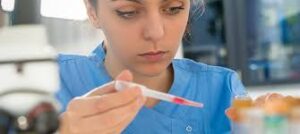
Uses of graduated pipette:
A pipette is a tool utilized for the precise measurement and transfer of liquid volume from one vessel to another. It is typically constructed of plastic or glass tubes and features a tapered tip.
There are five commonly used grades of pipettes, each with its own set of guidelines and requirements for usage, testing, maintenance, and measurement. These grades include disposable/transfer pipettes, graduated/serological pipettes, single-channel pipettes, multichannel pipettes, and repeat pipettes. The accuracy of test results can be influenced by how the equipment is handled, from the basic transfer pipette dropper to the more advanced repeat dispensing pipette.
Disposable/Transfer Pipette
To ensure accurate results, use a fresh pipette for each test and discard it afterward. Aspirate liquid at a 90-degree angle, dispense at a 45-degree angle, and touch off to ensure complete liquid transfer.
Single-Channel Pipette
A single-channel pipette is a reusable instrument, typically using an air-displacement mechanism, that provides precise measurement results when used with a disposable tip. Two commonly used techniques are associated with single-channel pipetting:
Forward Technique:
To use this technique, depress the plunger to the initial stop position and partially immerse the pipette tip into the liquid. Slowly release the plunger to aspirate the desired volume and prevent bubble formation.
To dispense the liquid, position the pipette tip against the side of the receiving vessel and gradually depress the plunger through the first stop to the final blowout position while ensuring that the last drop is ‘touched off’ from the tip.
Reverse Technique:
To employ this technique, fully depress the plunger to the third stop position, partially submerge the pipette tip into the liquid, and gradually release the plunger back to the top, allowing the liquid to be aspirated into the tip. Position the pipette tip against the wall of the receptacle and depress the plunger to the first stop, holding it in place, then remove the tip from the receptacle. This will leave a small amount of liquid in the tip that is not part of the measured volume. You can repeat the aspiration process and continue with further measurements.
Multichannel Pipette
When aspirating liquid simultaneously from the same source into multiple channels of a multichannel pipette, it is crucial to ensure that the liquid levels in all channels are equivalent. Only then can the liquid be accurately and evenly dispensed into tubes or plate wells.
- Attach the appropriate tips to each channel and set the desired volume.
- Hold the pipette vertically and depress the plunger to the first stop.
- Submerge the tip into the liquid and release the plunger back to the resting position.
- Position the tip at a 45-degree angle against the wall of the receiving vessel.
- Depress the plunger to the first stop, wait for a second, then press it to the second stop to expel all the liquid while ‘touching off’ the last drop.
- Move the tip away from the liquid and release the plunger to the resting position.
Repeat Pipette Dispenser
The ability to dispense multiple times with a single operation is a time and effort-saving feature. The design of a repeat pipette dispenser differs from that of a regular pipette.
- Slide the filling lever down.
- Lift the locking clamp upward.
- Insert the syringe-type tip into the barrel until it clicks, then close the lever.
- Immerse the tip into the liquid at a 90-degree angle.
- Gradually slide the filling lever upward to fill the tip.
- Discard the liquid from the first dispense to prime the tip.
- The repeat pipette is now ready for operation.
To use a graduated pipette, follow these general steps:
- Select the appropriate pipette. Choose a graduated pipette that matches the desired volume range for your liquid transfer.
- Prepare the pipette. Ensure that the pipette is clean and free from any contaminants or residues. If necessary, clean the pipette according to the recommended procedures.
- Aspiration: Hold the pipette near the top or at the bulb, avoiding contact with the calibrated area. Immerse the tip of the pipette into the liquid to be transferred.
- Draw up the liquid. Depress the plunger or squeeze the bulb to create a vacuum. Slowly and steadily draw up the liquid into the pipette. Maintain the pipette tip submerged during aspiration to avoid introducing air bubbles.
- Drainage. Transfer the liquid to the desired vessel by gently releasing the plunger or squeezing the bulb. Allow the liquid to drain completely by touching the tip of the pipette to the wall of the receiving vessel.
- Read the volume. Read the volume measurement by aligning the bottom of the meniscus (the curved liquid surface) with the appropriate graduation mark on the pipette. Ensure you read the volume at eye level for accurate measurement.
- Dispense any remaining liquid. If there is any remaining liquid in the pipette, either expel it by releasing the plunger or, if allowed, discard the entire pipette with the remaining liquid.
- Dispose of the pipette properly. Dispose of used pipettes according to the laboratory’s waste disposal guidelines. Some pipettes may be reusable and require appropriate cleaning and sterilization before reuse.
Graduated pipette vs Volumetric pipette
Volumetric and graduated pipettes are two commonly used types of pipettes found in laboratories and research facilities. Both are used for transferring small, measurable amounts of liquid solutions, but they differ in terms of accuracy, demarcation styles, and volume capacity. Volumetric pipettes are preferred for applications requiring high accuracy, such as chemical analysis and research. On the other hand, graduated pipettes offer a range of sizes and provide reliable measurements for different volume requirements. The choice between the two depends on the specific needs of the application. It is important to consider the requirements of your particular lab and application when selecting the appropriate pipette type.
Graduated pipettes pros.
- Variety
- Type 1, Type, Type 3
- Class A, Class AS, Class B
- Clear labels are alongside the tube
- Generally cost-efficient
- They can be utilized for larger quantities where precision is not as crucial.
Cons
- The precision of delivering and measuring liquids with graduated pipettes is not as high as that of volumetric pipettes
- Accuracy varies among classes and types.
- Volume delivery varies among type
- A wider margin of human-use error
- Extremely accurate
- Easy to read (reduces the risk of human error)
- They come in a variety of fixed sizes
-
Variable-volume pipettes enhance both accuracy and user convenience.
Cons
- Can be more costly
-
The measurements provided by volumetric pipettes are fixed and specific to each pipette. To accommodate various volume requirements in laboratory procedures, users would need to have multiple separate volumetric pipettes for different volume sizes.
FAQs:

What are some common uses for graduated pipettes?
Graduated pipettes have several common uses in various scientific and laboratory settings. Some of their applications include:
- Measuring and transferring precise volumes of liquids in chemical and biological experiments.
- Dispensing reagents and solutions during titrations, where accurate volume measurements are crucial.
- Conducting spectrophotometry experiments by transferring specific volumes of samples and standards into cuvettes for analysis.
- Performing serial dilutions in microbiology and molecular biology experiments.
- Transferring precise amounts of media or culture solutions in cell culture and tissue culture work.
- Measuring and transferring small volumes of liquids in pharmaceutical and drug formulation processes.
- Conducting quality control and analysis in food and beverage industries, such as measuring precise volumes of flavors, additives, or test samples.
- Utilized for aliquoting or splitting larger volumes of solutions into smaller, more manageable volumes for storage or distribution.
What are some common types of graduated pipettes used in scientific and laboratory settings?
There are several common types of graduated pipettes used in scientific and laboratory settings. Some of these include:
- Mohr pipettes: These are commonly used for transferring and measuring liquids in volumes ranging from 1 mL to 10 mL. They have a straight design with a single graduation mark at the tip.
- Serological pipettes: These pipettes are designed with a tapered tip and are used for measuring and transferring larger volumes, typically ranging from 1 mL to 25 mL. They have multiple graduation marks along the length of the pipette.
- Pasteur pipettes: These pipettes are thin glass tubes with a long, tapered tip. They are commonly used for transferring small volumes of liquids, usually ranging from 0.1 mL to 3 mL. Pasteur pipettes often do not have graduation marks and are used for approximate measurements.
- Volumetric pipettes: Unlike graduated pipettes, volumetric pipettes are designed to deliver a specific, fixed volume of liquid. These pipettes have a single graduation mark and are commonly used for preparing accurate standards and solutions of known concentrations.
- Transfer pipettes: These pipettes, also known as disposable pipettes or droppers, are made of plastic and are used for transferring small volumes of liquids. They often do not have graduation marks and are commonly used for simple dispensing tasks.
- Micropipettes: Micropipettes are specialized pipettes used for measuring very small volumes, typically in the microliter range (1 μL to 1000 μL). They are commonly used in molecular biology, biochemistry, and other fields where precise and accurate volume measurements are required.
Are there any specific precautions or techniques that need to be followed when using graduated pipettes?
Yes, there are some precautions and techniques that should be followed when using graduated pipettes to ensure accurate and safe measurements:
- Calibration: Before using a graduated pipette, it is important to ensure that it is calibrated and accurate. Check the calibration date and verify that it meets the required standards. If necessary, perform calibration or verification procedures before use.
- Proper handling: Handle graduated pipettes with care to avoid breakage or damage. Hold them near the top or at the bulb, avoiding contact with the calibrated area. Do not use pipettes with chipped or cracked tips, as it can affect the accuracy of measurements.
- Cleanliness: Ensure that the pipettes are clean and free from any residues or contaminants before use. If needed, clean the pipette with appropriate cleaning agents or follow the recommended cleaning procedures.
- Correct technique: When using a graduated pipette, make sure to follow the correct technique. Insert the pipette tip into the liquid to be transferred, and slowly release the bulb or use the appropriate mechanism for dispensing the liquid. Allow the liquid to drain completely by touching the tip to the receiving vessel’s wall to ensure accurate volume transfer.
- Read the meniscus: Graduated pipettes often have a curved meniscus at the liquid level. Read the volume measurement at the bottom of the meniscus, aligning it with the appropriate graduation mark for accurate volume determination.
- Temperature consideration: Some pipettes are calibrated at a specific temperature, often 20°C. If the temperature of the liquid being transferred differs significantly from the calibration temperature, it may affect the accuracy of the volume measurement. In such cases, temperature correction factors may need to be applied.
- Avoid air bubbles: Take care to avoid introducing air bubbles into the pipette or the liquid being transferred. This can be done by releasing the bulb slowly and smoothly and ensuring that the tip remains submerged during aspiration and dispensing.
- Proper disposal: Dispose of used pipettes appropriately, following the laboratory’s waste disposal guidelines. Some pipettes may be reusable and require proper cleaning and sterilization before reuse.
Is a volumetric pipette more accurate than a graduated cylinder?
Yes, a volumetric pipette is generally more accurate than a graduated cylinder. Volumetric pipettes are designed to deliver a specific, fixed volume of liquid with high precision and accuracy. They have a single calibration mark and are manufactured to meet strict accuracy standards. On the other hand, graduated cylinders have multiple volume markings along their length, allowing for approximate measurements. While graduated cylinders can provide a rough estimation of volume, they are not as precise as volumetric pipettes. Therefore, when precise and accurate volume measurements are required, a volumetric pipette is the preferred choice.


